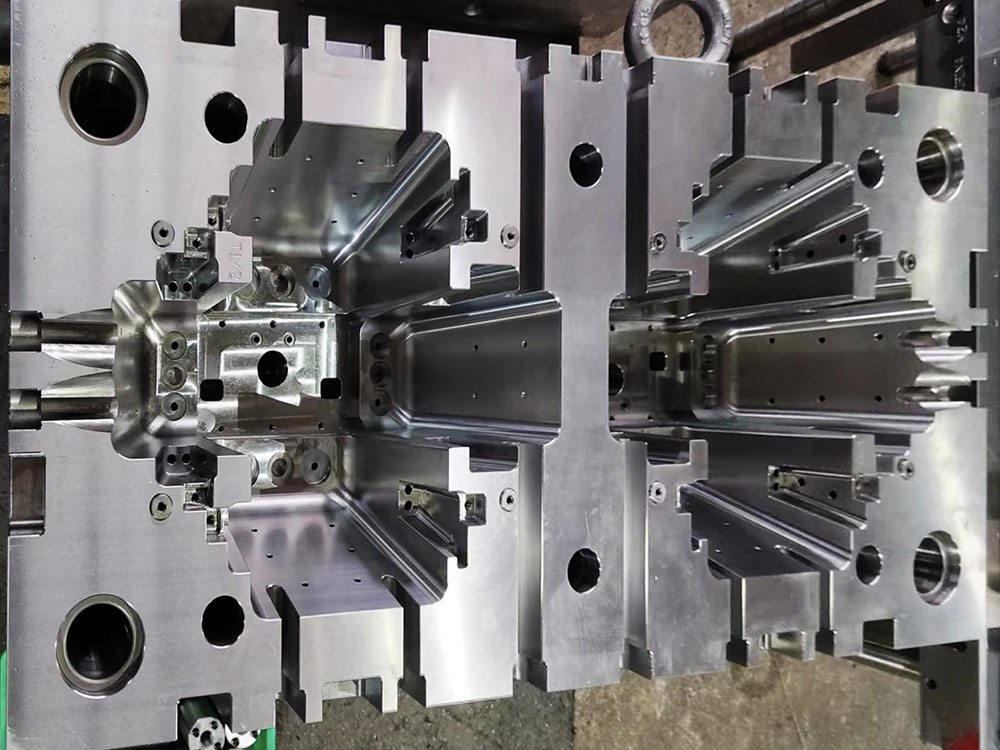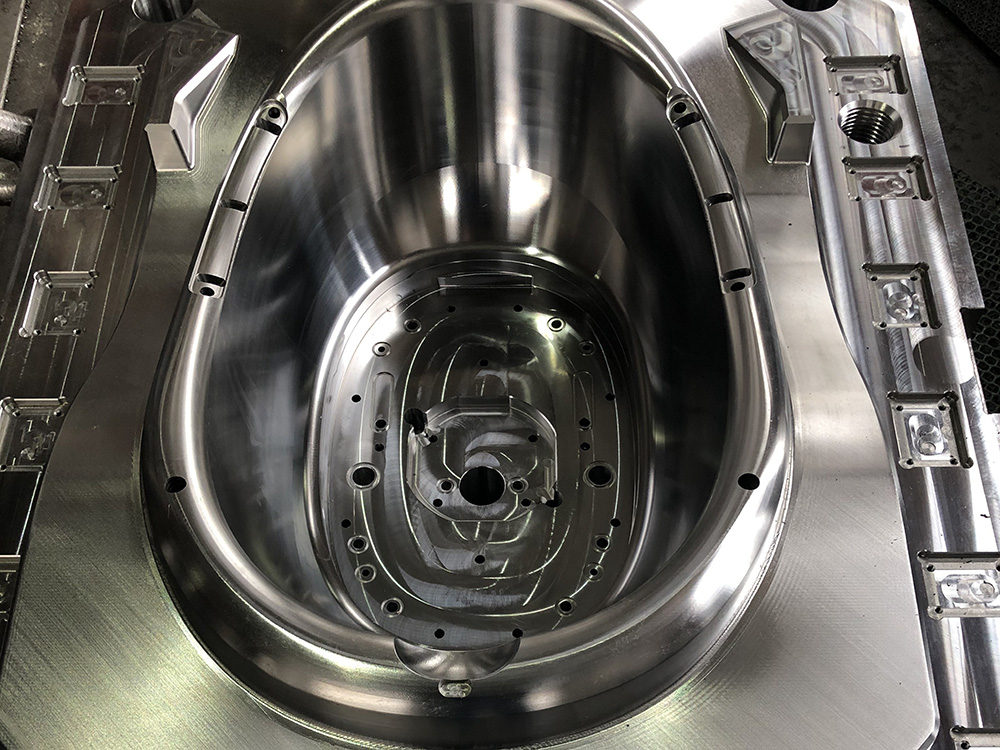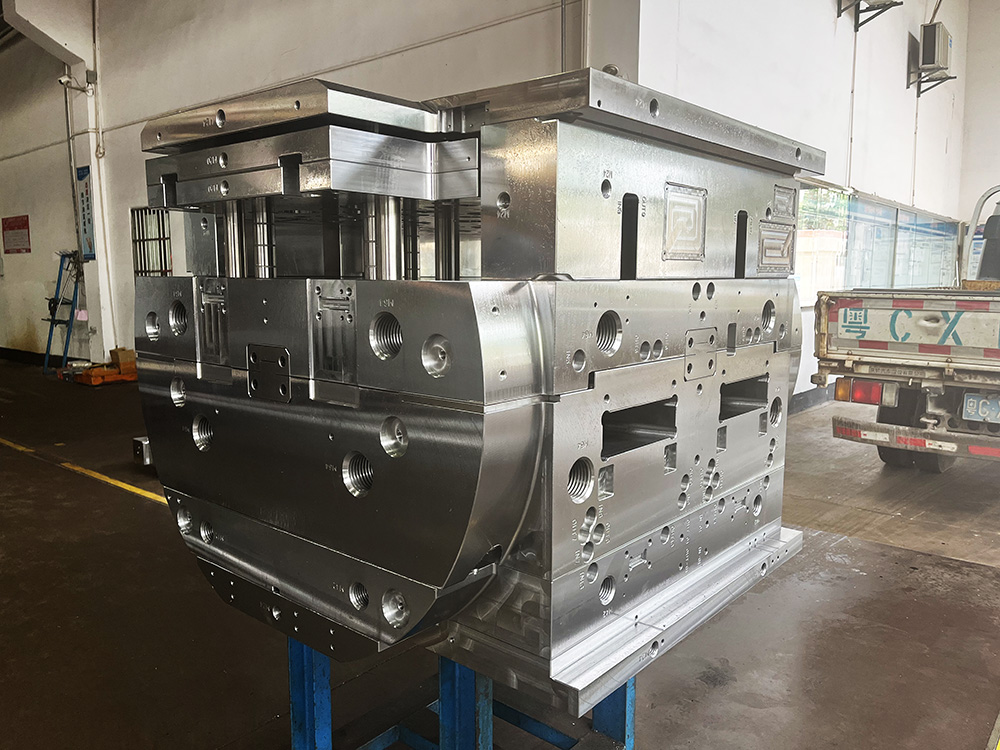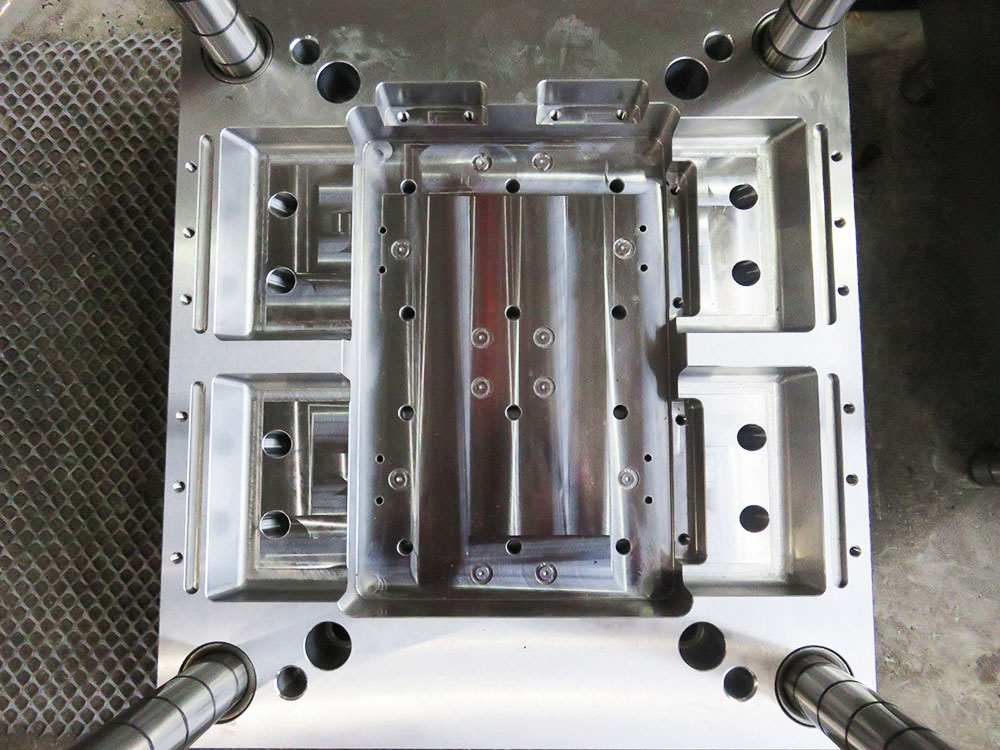The Challenges in the Mold Base Industry
The mold base industry plays a critical role in the manufacturing of plastic and metal parts. It provides the foundation for the mold, which is the key component used for shaping a wide range of products. However, like any other industry, the mold base industry faces several challenges that hinder its growth and efficiency. In this article, we will analyze some of these challenges and explore potential solutions.
Limited availability of skilled labor
One of the major challenges faced by the mold base industry is the limited availability of skilled labor. Creating high-quality molds requires a combination of technical knowledge, experience, and precision. Unfortunately, there is a shortage of trained professionals in this field, leading to increased production time and subpar quality.
Potential solution: To overcome this challenge, it is crucial to invest in training programs and promote vocational education that focuses on mold base manufacturing. By nurturing a skilled workforce, the industry can ensure the availability of qualified professionals and enhance production efficiency.
Increasing costs of raw materials
The mold base industry heavily relies on various raw materials, such as steel and aluminum, for producing molds. However, the rising costs of these materials pose a significant challenge. Fluctuations in material prices directly impact the profitability of mold base manufacturers.
Potential solution: Implementing efficient supply chain management practices can help mitigate the impact of increasing raw material costs. By establishing strong relationships with suppliers, manufacturers can negotiate better pricing and secure the necessary materials at competitive rates.
Design complexity and customization demands
The demand for complex and customized molds is increasing in various industries. However, designing and manufacturing such molds require advanced technologies, specialized equipment, and complex processes. Meeting these design complexity and customization demands pose challenges for mold base manufacturers.
Potential solution: Investing in the latest CAD/CAM software and advanced machining equipment can streamline the mold base manufacturing process. Utilizing innovative technologies enables manufacturers to efficiently design and produce complex and customized molds, meeting the increasing market demands.
Lack of standardization
The mold base industry lacks standardization in terms of design, dimensions, and manufacturing processes. This lack of standardization leads to compatibility issues, longer lead times, and increased costs when different components need to be integrated.
Potential solution: Establishing industry-wide standards for mold base design and manufacturing can greatly improve interoperability and reduce costs. Collaboration among key stakeholders, including manufacturers, designers, and industry associations, is vital in developing and implementing these standards.
Inefficiencies in the production process
Inefficiencies in the production process can lead to delays and additional costs for mold base manufacturers. Factors such as poor workflow management, lack of automation, and inadequate quality control contribute to these inefficiencies.
Potential solution: Implementing lean manufacturing principles can help eliminate waste, streamline processes, and improve overall efficiency. By optimizing workflow, automating repetitive tasks, and implementing rigorous quality control measures, mold base manufacturers can enhance productivity and reduce costs.
Conclusion
The mold base industry faces several challenges that hinder its growth and efficiency. However, by addressing the limited availability of skilled labor, managing increasing raw material costs, investing in advanced technologies, establishing industry-wide standards, and implementing lean manufacturing principles, these challenges can be overcome. By taking proactive measures, the mold base industry can thrive and continue to contribute significantly to the manufacturing sector.




